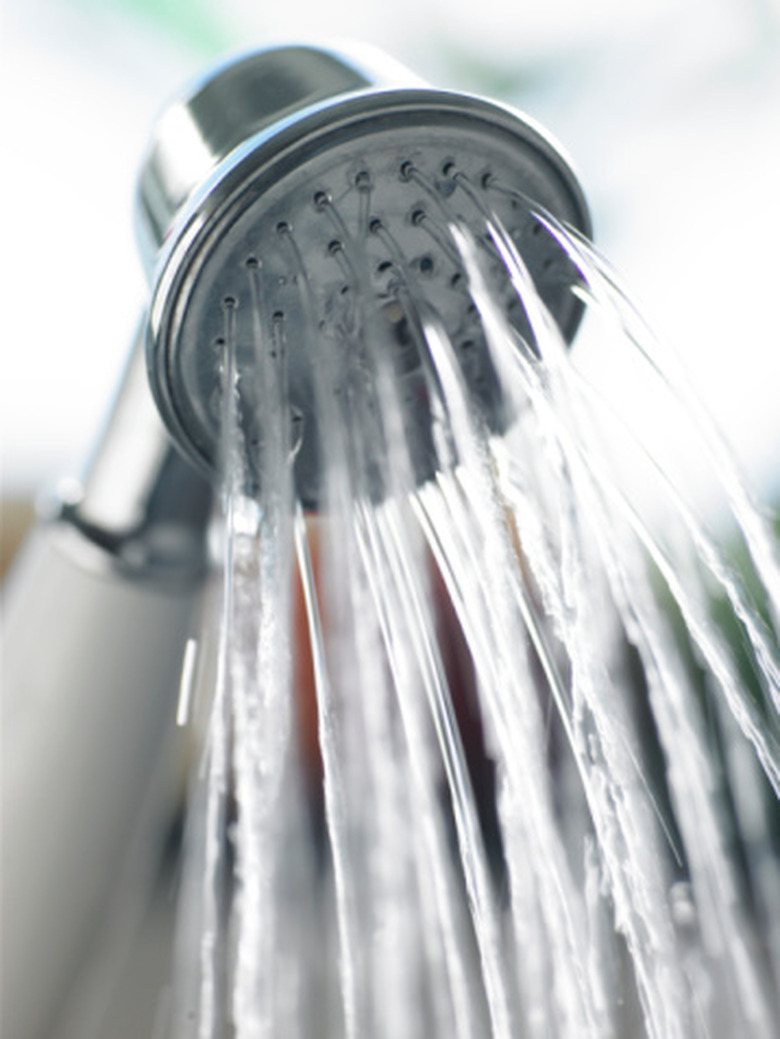How To Convert PPM To Grains In Water Hardness
Tap water may contain dozens of chemicals in addition to water. Some of the dissolved material comes from the rocks in which the aquifer is located. Rocks such as limestone, chalk and calcareous sandstone add polyvalent positively charged ions of calcium and magnesium to the water, causing water hardness. Technicians, scientists and water treatment operators measure water hardness parts per million (ppm) or grains per gallon (gpg). Converting ppm to gpg is simple, but requires a calculator.
1. Enter Water Hardness Value
Enter the water hardness value, in parts per million, into the calculator. Double-check the entry to ensure that it is accurate.
2. Divide by Conversion Factor
Divide the ppm hardness value by 17.1, the conversion factor for ppm to gpg. The result is the water hardness expressed in grains per gallon. For example, say you have a water hardness value of 180 ppm. Work out
\(180 ÷ 17.1 = 10.526\)
3. Round Result
Round the result to one decimal place, the same degree of accuracy as the conversion factor, and state the units as gpg. For example, using the example in Step 2, write the result as 10.5 gpg.
TL;DR (Too Long; Didn't Read)
Parts per million may also be written as mg/l, or milligrams per liter.
Cite This Article
MLA
Robinson, David. "How To Convert PPM To Grains In Water Hardness" sciencing.com, https://www.sciencing.com/convert-ppm-grains-water-hardness-8406171/. 14 December 2020.
APA
Robinson, David. (2020, December 14). How To Convert PPM To Grains In Water Hardness. sciencing.com. Retrieved from https://www.sciencing.com/convert-ppm-grains-water-hardness-8406171/
Chicago
Robinson, David. How To Convert PPM To Grains In Water Hardness last modified March 24, 2022. https://www.sciencing.com/convert-ppm-grains-water-hardness-8406171/
